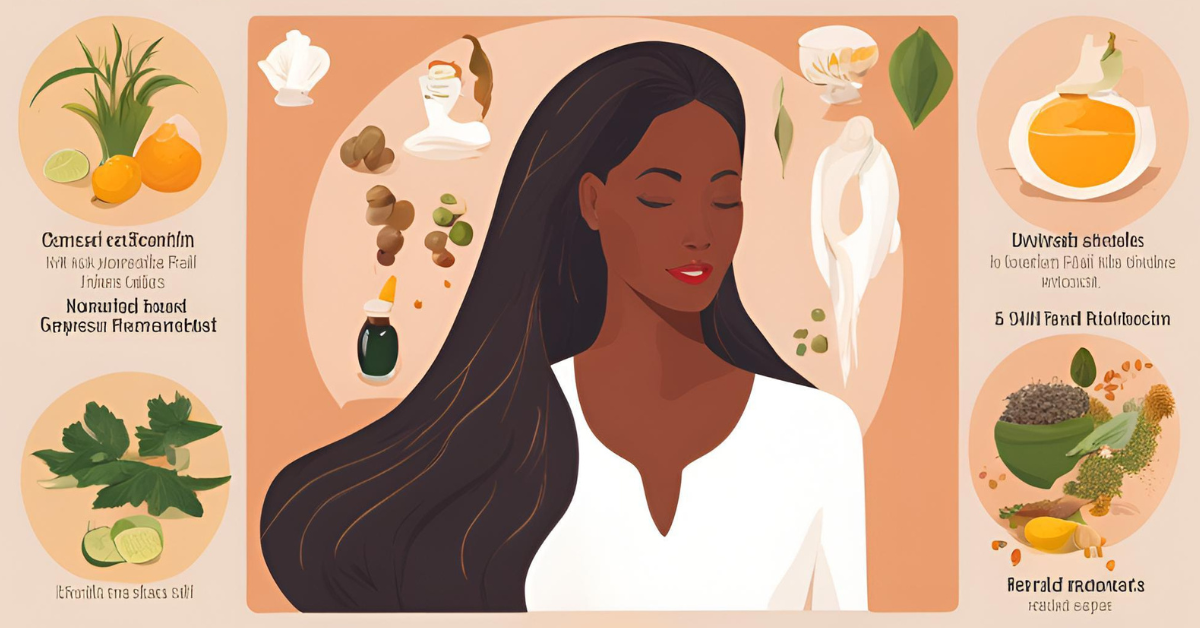Hairfall Remedies: If you’re experiencing hair fall and want to try some treatments and hairfall remedies at home without visiting a doctor, several natural and over-the-counter remedies could help reduce hair loss. However, it’s important to note that results may vary, and it’s always best to consult a doctor if hair fall persists or worsens.
Here are some natural treatments and hairfall remedies you can try at home:
1. Diet and Nutrition:
- Protein-Rich Foods: Hair is made of protein, so consuming enough protein-rich foods like eggs, fish, beans, and nuts can support hair health.
- Iron and Zinc: Deficiencies in iron and zinc are linked to hair loss, so include foods like spinach, lentils, and pumpkin seeds.
- Vitamins: Vitamin D, Vitamin E, and Biotin (Vitamin B7) are all important for healthy hair growth. You can consider taking supplements, but it’s best to try to get these from food sources as well (e.g., eggs, leafy greens, sweet potatoes).
2. Scalp Massage:
Gently massaging your scalp can stimulate blood circulation and promote hair growth. You can use oils like coconut, olive, or castor oil for this. Regular massage for 5-10 minutes can make a difference. To improve results, use nourishing oils or serums.
3. Essential Oils:
Some essential oils, like rosemary, lavender, and peppermint, are believed to promote hair growth. You can mix a few drops of essential oil with a carrier oil (like coconut oil) and massage it into your scalp.
4. Aloe Vera:
Aloe vera has soothing and anti-inflammatory properties. It can help balance the scalp’s pH, reduce dandruff, and condition the hair. You can apply fresh aloe vera gel directly to your scalp for 20-30 minutes before washing it off.
5. Onion Juice:
Onion juice has sulfur, which is thought to help promote hair growth by improving blood circulation to the scalp. You can extract juice from an onion and apply it to the scalp for 15-30 minutes, then wash it off thoroughly.
6. Reduce Stress:
Chronic stress is a common contributor to hair loss. Practices like meditation, yoga, deep breathing exercises, or even regular physical activity can help reduce stress levels and, in turn, reduce hair loss.
7. Avoid Harsh Hair Treatments:
Limit the use of heat styling tools (e.g., flat irons, curling irons) and chemical treatments like perms or hair dyes, which can weaken hair and contribute to hair fall. Opt for gentle, sulfate-free shampoos.
8. Over-the-Counter Products:
- Minoxidil: This is an FDA-approved topical treatment that is commonly used for hair growth. It’s available over the counter and can be applied to the scalp.
- Hair Growth Shampoos: Some shampoos contain ingredients like biotin, caffeine, or saw palmetto, which may help promote hair health.
9. Herbal Remedies:
- Saw Palmetto: This herb is believed to block DHT (a hormone linked to hair loss), and it’s available in supplement form.
- Green Tea: Some people use green tea on their scalp because it contains antioxidants that may help with hair growth.
10. Avoid Tight Hairstyles:
Wearing tight hairstyles like ponytails, braids, or buns can cause traction alopecia, which is hair loss caused by pulling on the hair. Try to avoid tight hairstyles or give your hair some time to breathe.
Lab Treatments:-
There are various treatments available for promoting hair growth, depending on the cause of hair loss. Here are some common options:
1. Minoxidil (Rogaine)
An over-the-counter topical solution or foam that can stimulate hair growth. It works by increasing blood flow to the hair follicles and is widely used for androgenic alopecia (male and female pattern baldness).
2. Finasteride (Propecia)
An oral medication that blocks the hormone dihydrotestosterone (DHT), which is linked to hair loss. It’s primarily used for male pattern baldness but may have side effects.
3. Hair Transplant Surgery
A more permanent solution where hair follicles from a donor site (usually the back of the head) are transplanted to areas with thinning or no hair.
4. PRP (Platelet-Rich Plasma) Therapy
A procedure where your own blood is processed to concentrate the platelets and then injected into the scalp to stimulate hair follicles and promote hair growth.

